Below is a curated selection of books about psychedelics offering valuable perspectives: from science and therapy to psilocybin-specific works, cultural wisdom, and integration. These recommendations are intended to support learning, inspire curiosity, and encourage safe and respectful approaches to psychedelic work.
Introductory & General Overviews
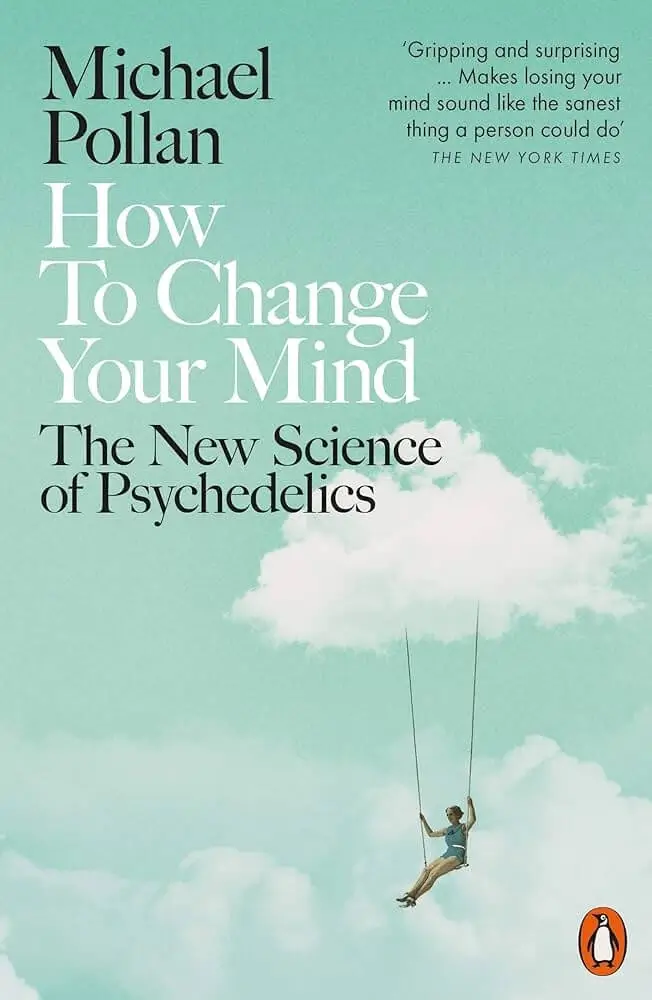
How to Change Your Mind
Michael Pollan (2018)
This bestselling book brought psychedelics back into the mainstream conversation. Pollan weaves together history, neuroscience, and personal narrative, offering an accessible overview of substances such as psilocybin, LSD, and MDMA. It’s ideal for readers curious about why psychedelics are being taken seriously again in both science and culture, and it provides a thoughtful perspective on their potential for personal growth and healing.
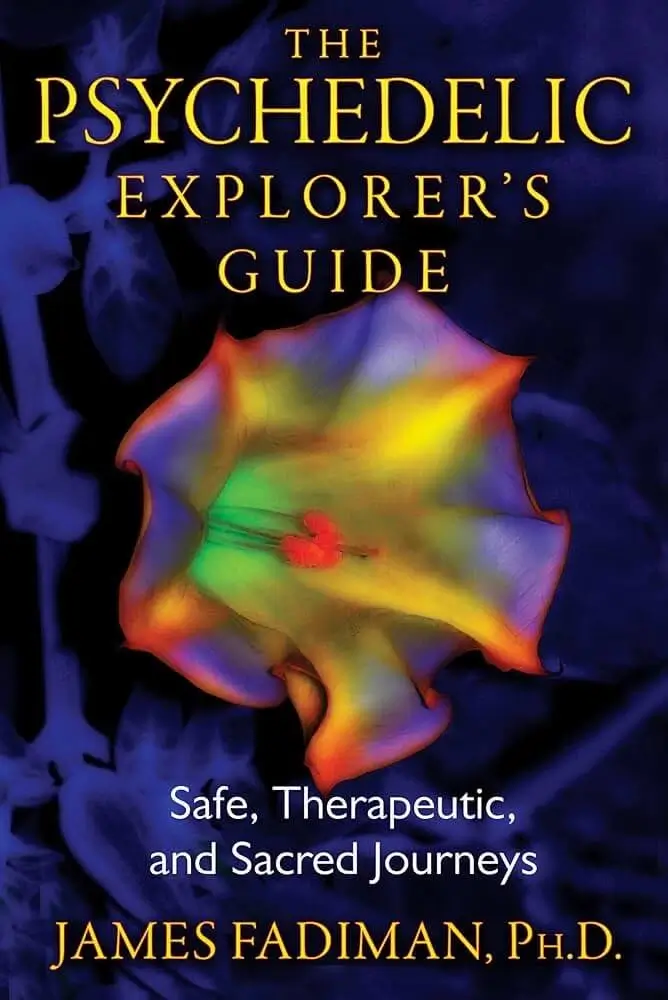
The Psychedelic Explorer’s Guide
James Fadiman (2011)
One of the most practical books available, Fadiman’s guide covers everything from set and setting to safety, integration, and microdosing. Blending decades of research with accessible language, it provides essential grounding for anyone considering working with psychedelics. While not intended as a “how-to manual,” it is an invaluable companion for those who wish to explore responsibly, with intention and respect.
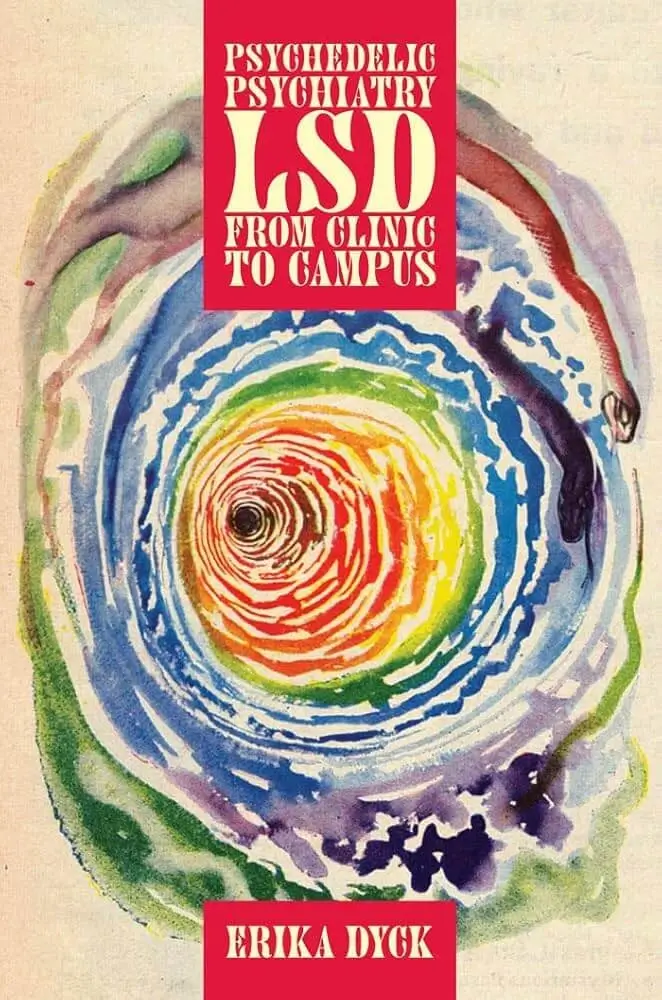
Psychedelic Psychiatry
Erika Dyck (2008)
Dyck offers a historical account of the early years of psychedelic research, particularly the medical use of LSD in the 1950s and 60s. She highlights how psychiatry once saw real potential in these substances before politics and stigma pushed them underground. For readers interested in the historical context of today’s “psychedelic renaissance,” this book helps connect the dots between past and present.

Storming Heaven
Jay Stevens (1987)
This classic cultural history traces how psychedelics shaped the counterculture of the 1960s and beyond. Stevens combines social history, biography, and politics to show how figures such as Timothy Leary and Aldous Huxley brought psychedelics into mainstream awareness. It remains a vivid portrait of how psychedelics influenced music, spirituality, and collective imagination in the modern West.
Science, History & Therapy
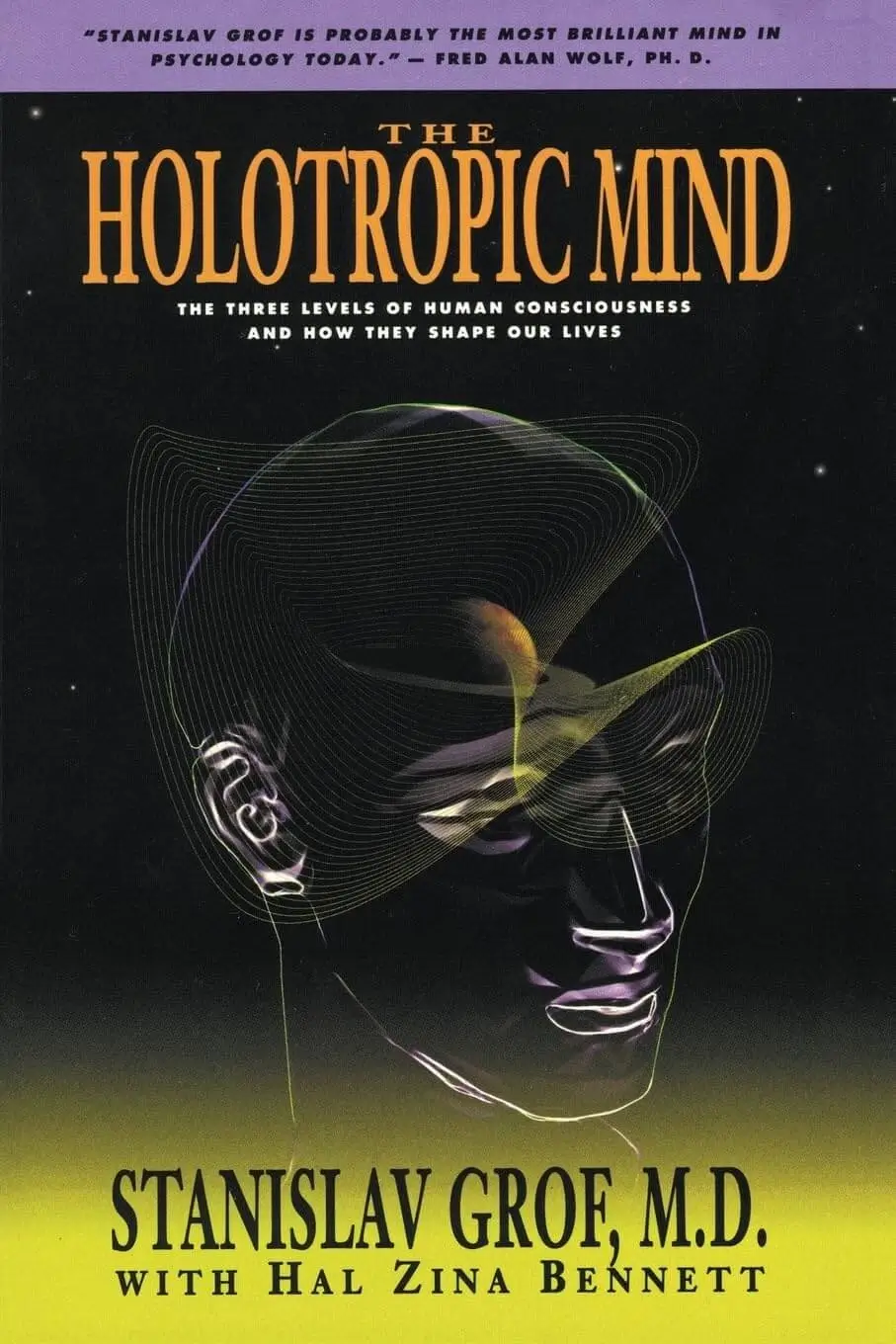
The Holotropic Mind
Stanislav Grof (1992)
Here Grof expands his work beyond psychedelics into non-drug methods for entering expanded states of consciousness, particularly holotropic breathwork. The book explores how these states can lead to healing, transformation, and spiritual insight. It’s an important resource for those interested in the therapeutic value of altered states beyond the use of substances.
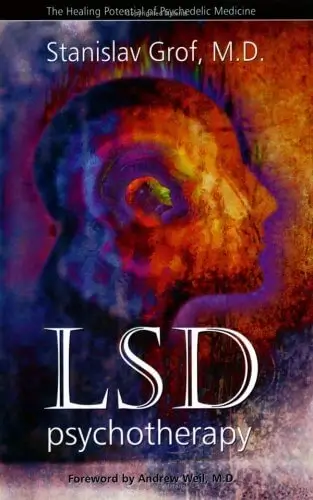
LSD Psychotherapy
Stanislav Grof (1980, updated)
A foundational text for understanding psychedelic-assisted therapy. Grof draws on his extensive clinical experience to describe how LSD, and by extension other psychedelics, can be used in therapeutic settings to work with trauma, depression, and existential anxiety. Although focused on LSD, his insights into set, setting, and the healing potential of non-ordinary states remain highly relevant today.
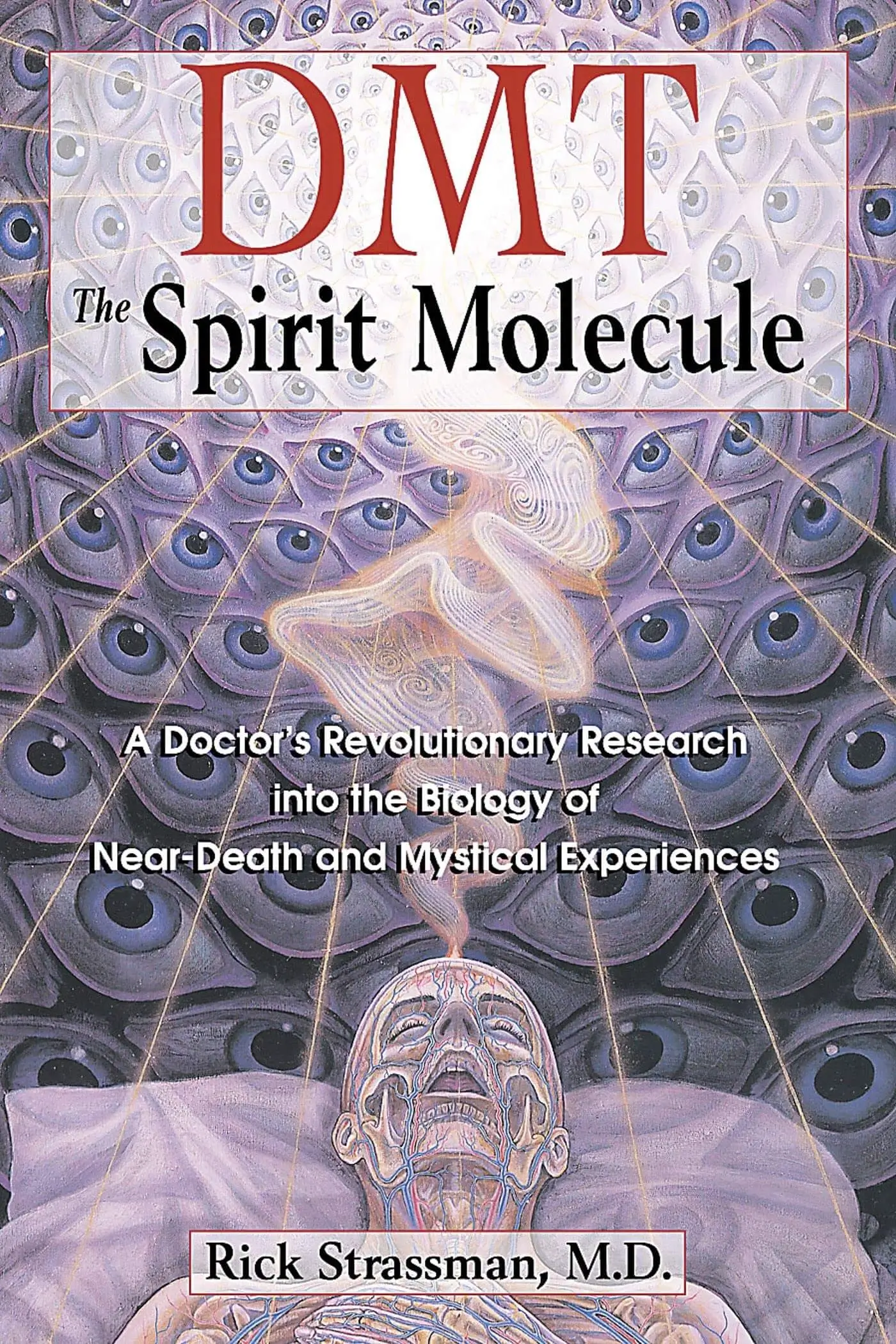
DMT: The Spirit Molecule
Rick Strassman (2001)
Based on a landmark clinical study, this book details Strassman’s government-approved research on DMT in the 1990s. He combines scientific findings with the personal accounts of volunteers, highlighting both the profound potential and the challenges of working with such a powerful psychedelic. It’s a key work for understanding the frontier of psychedelic research.
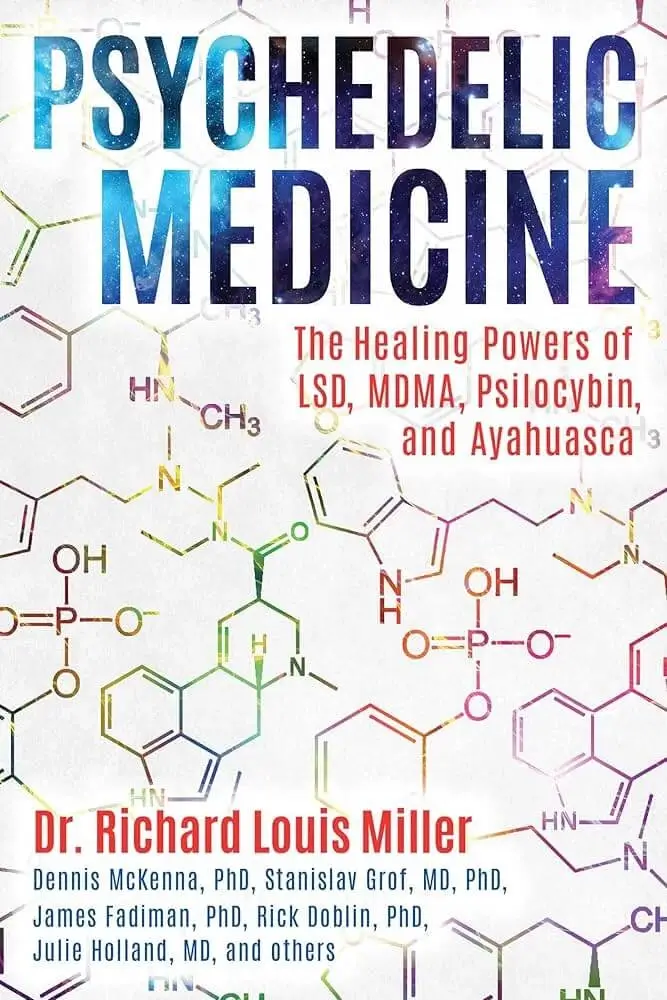
Psychedelic Medicine
Richard Louis Miller (2017)
This classic cultural history traces how psychedelics shaped the counterculture of the 1960s and beyond. Stevens combines social history, biography, and politics to show how figures such as Timothy Leary and Aldous Huxley brought psychedelics into mainstream awareness. It remains a vivid portrait of how psychedelics influenced music, spirituality, and collective imagination in the modern West.
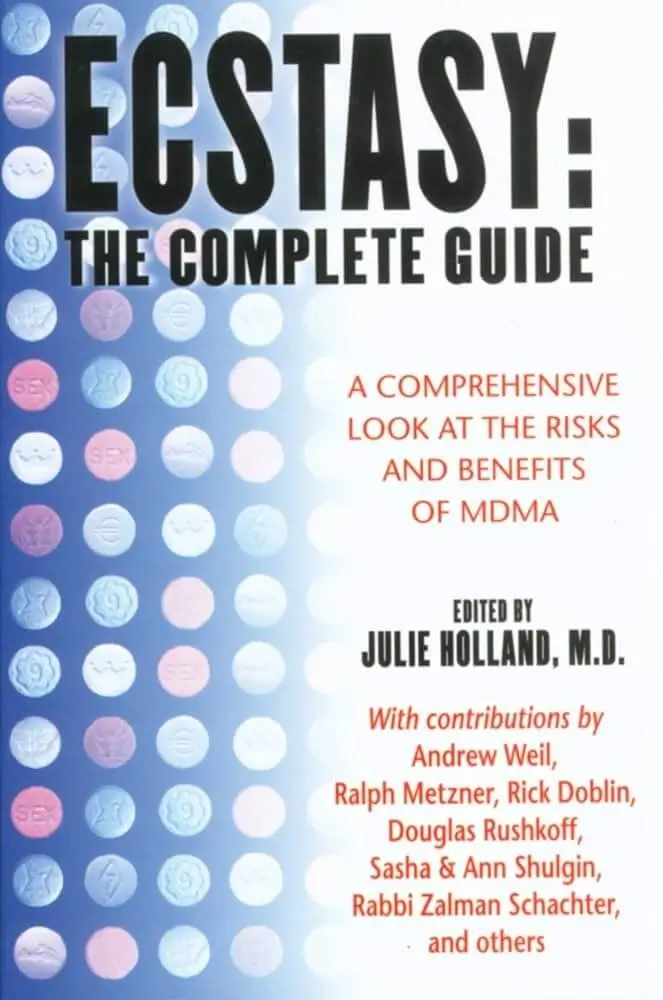
Ecstasy: The Complete Guide
Julie Holland (2001)
Although focused primarily on MDMA, this collection of essays covers therapeutic use, harm reduction, and neurochemistry. It’s a model for responsible drug education and provides useful parallels for understanding how psychedelics more broadly can be approached safely and effectively.
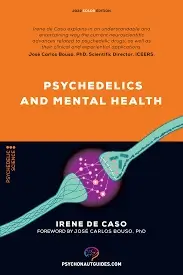
Psychedelics and Mental Health
Irene de Caso (2022)
De Caso, a biologist with a PhD in cognitive neuroscience, examines the therapeutic potential of classic psychedelics and empathogens. She frames these substances as groundbreaking tools for fostering neuroplasticity, resolving trauma, and improving emotional and social connections. The book balances scientific depth with a compassionate perspective on mental health applications.
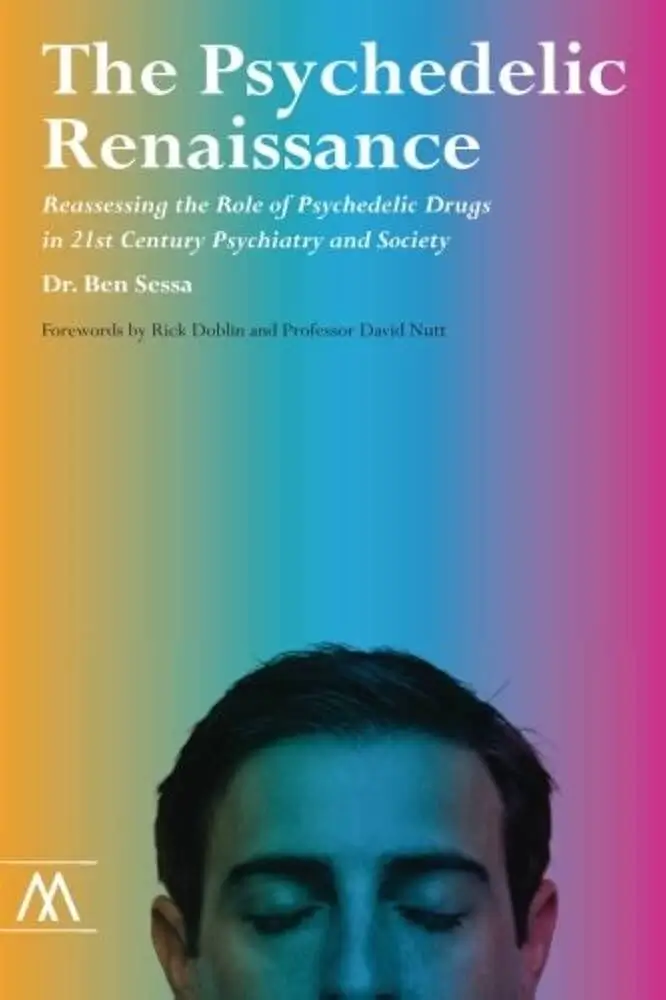
The Psychedelic Renaissance
Ben Sessa (2012, 2017)
Sessa, a psychiatrist and researcher, gives a clear overview of the re-emergence of psychedelics in medicine. He discusses clinical trials, the therapeutic potential for conditions like PTSD and addiction, and the challenges of reintegrating psychedelics into mainstream psychiatry. A strong introduction for those interested in the medical side of the field.
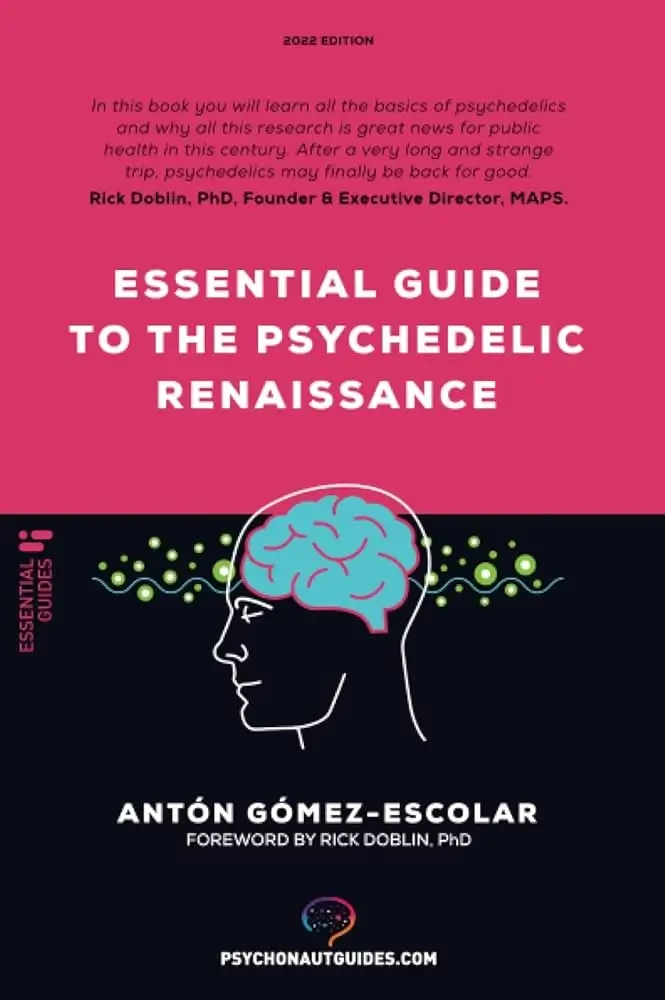
Essential Guide to the Psychedelic Renaissance
Antón Gómez-Escolar (2022)
A comprehensive and timely introduction to the modern resurgence of psychedelic research. Gómez-Escolar (a psychopharmacologist) presents the history, neuroscience, therapeutic applications, legal status, and harm-reduction best practices for substances like psilocybin, MDMA, and LSD. The book is written in accessible language, grounded in scientific rigour, and includes a foreword by MAPS founder Rick Doblin—making it an excellent primer for those seeking a thoughtful yet practical overview of the field.
Classics & Counter-Culture
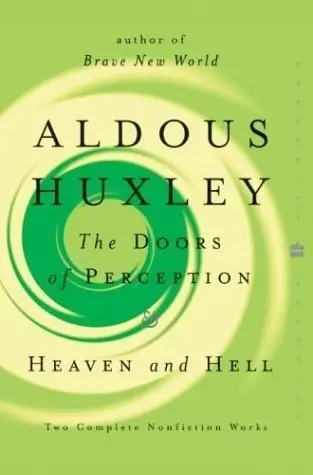
The Doors of Perception
Aldous Huxley (1954)
Huxley’s seminal essay on his mescaline experience is one of the earliest and most influential explorations of psychedelics in Western thought. Written with his trademark philosophical depth, it opened a cultural and intellectual doorway that still inspires readers today.
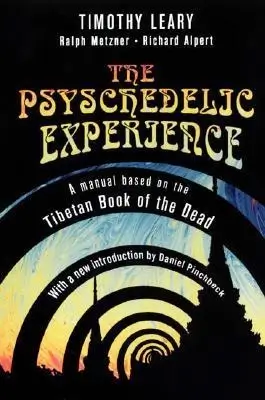
The Psychedelic Experience
Timothy Leary, Ralph Metzner & Richard Alpert (1964)
This book adapts the Tibetan Book of the Dead into a manual for psychedelic journeys. It became a guidebook for many during the 1960s, bridging Eastern philosophy and Western experimentation.
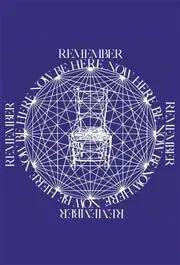
Be Here Now
Ram Dass (1971)
Written after his transformative experiences with psychedelics and Indian spirituality, this iconic book blends memoir, philosophy, and spiritual guidance. It became a cornerstone of the countercultural movement, emphasising mindfulness, presence, and love.
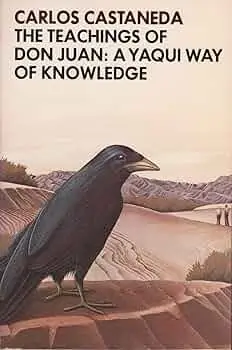
The Teachings of Don Juan
Carlos Castaneda (1968)
Although later criticised for questions of authenticity, Castaneda’s account of his apprenticeship with a Yaqui shaman became a countercultural classic. It shaped how generations of readers thought about altered states, indigenous knowledge, and personal transformation.
Psilocybin & Magic Mushrooms

Psilocybin Mushrooms of the World
Paul Stamets (1996)
Written by one of the world’s leading mycologists, this book is both a field guide and a deep exploration of psilocybin mushrooms. It offers clear identification details, scientific insight, and ecological context. While not a cultivation manual, Stamets’ work is invaluable for anyone wishing to understand the natural diversity of psilocybin species and their role in human culture and ecology.
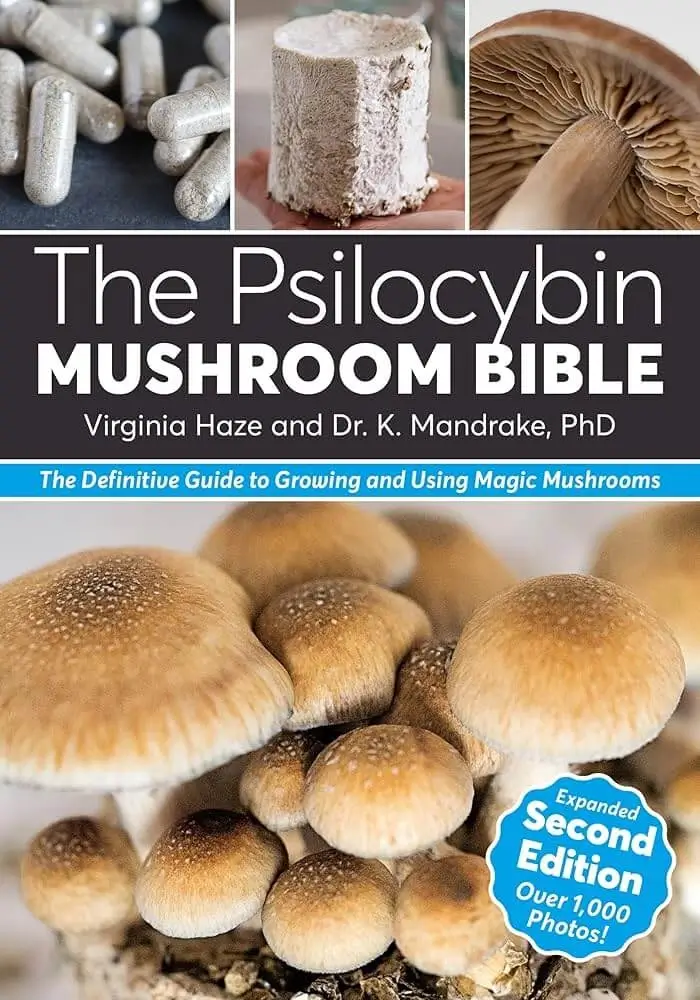
The Psilocybin Mushroom Bible
Virginia H. H. Lee (2016)
A comprehensive introduction to the history, cultivation, and use of psilocybin mushrooms. This book is written in accessible language, making it a useful resource for newcomers curious about how these mushrooms are understood in both traditional and modern contexts. It balances practical knowledge with cultural awareness, supporting informed exploration.
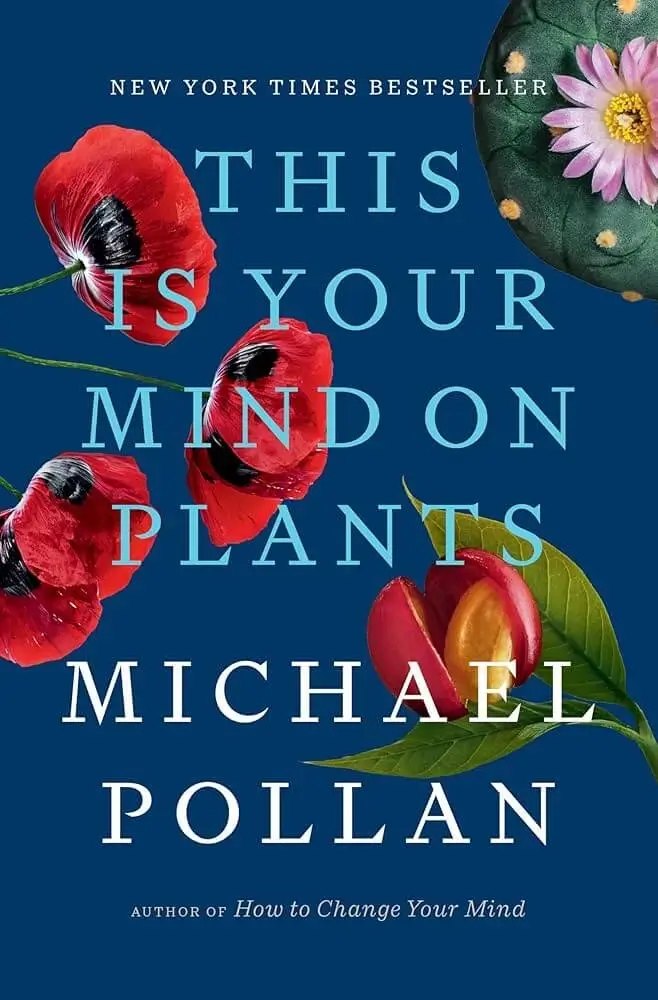
This Is Your Mind on Plants
Michael Pollan (2021)
While not solely about psilocybin, Pollan dedicates a section to mushrooms as part of a broader meditation on humanity’s long relationship with psychoactive plants. He examines how societies shape their understanding of mind-altering substances and how mushrooms in particular challenge our ways of thinking about consciousness, legality, and spirituality.
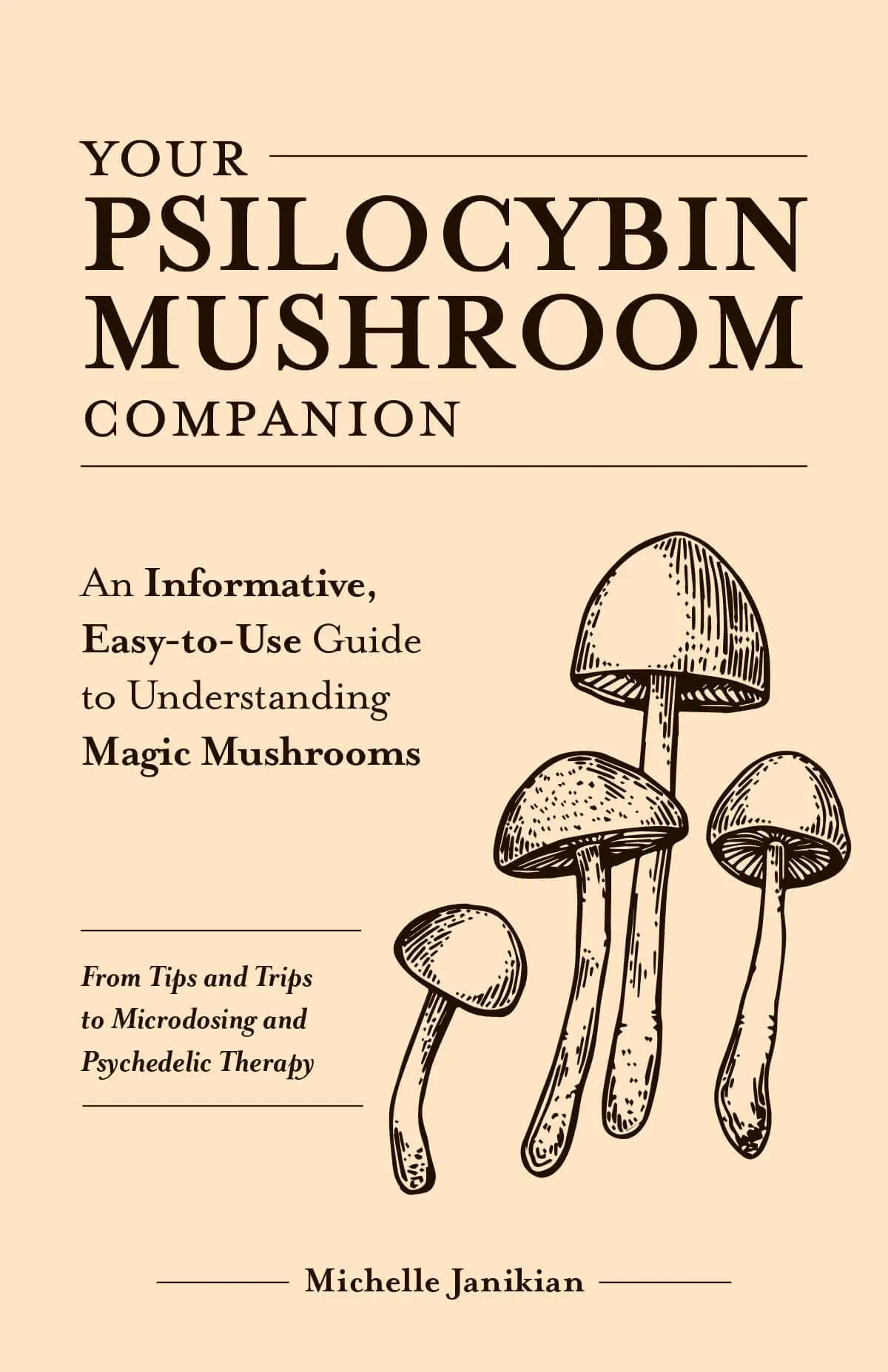
Your Psilocybin Mushroom Companion
Michelle Janikian (2019)
A friendly and practical modern guide for anyone curious about using psilocybin in a safe, intentional, and meaningful way. Janikian covers preparation, dosage, setting, and integration in a down-to-earth style that avoids jargon while remaining deeply responsible. This book is particularly useful for first-time explorers or those attending retreats, as it bridges scientific understanding with personal experience.
Indigenous & Cultural Perspectives

María Sabina: Her Life and Chants
Álvaro Estrada (1981)
This book presents the life story and ceremonial chants of María Sabina, a Mazatec curandera from Huautla de Jiménez, Mexico. Told in her own words to Álvaro Estrada, it offers an intimate glimpse into her role as a healer and the sacred use of psilocybin mushrooms within her community. Rather than treating her simply as a symbol of the psychedelic movement, the book situates her within her cultural and spiritual lineage. It is a respectful way to encounter her voice and the Mazatec traditions that continue to this day.
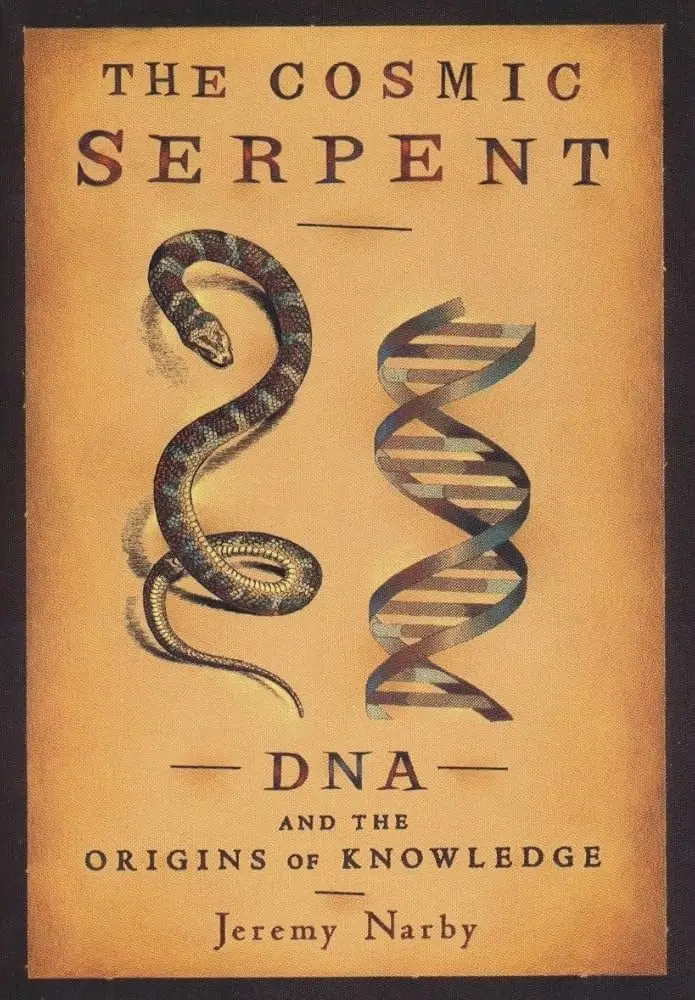
The Cosmic Serpent
Jeremy Narby (1998)
Anthropologist Jeremy Narby reflects on his time with Indigenous healers in the Amazon, exploring how traditional plant knowledge intersects with biology and cosmology. The book has sparked wide discussion about Indigenous perspectives on consciousness and healing. While written from an outsider’s viewpoint, it invites readers to consider Indigenous knowledge systems on their own terms.
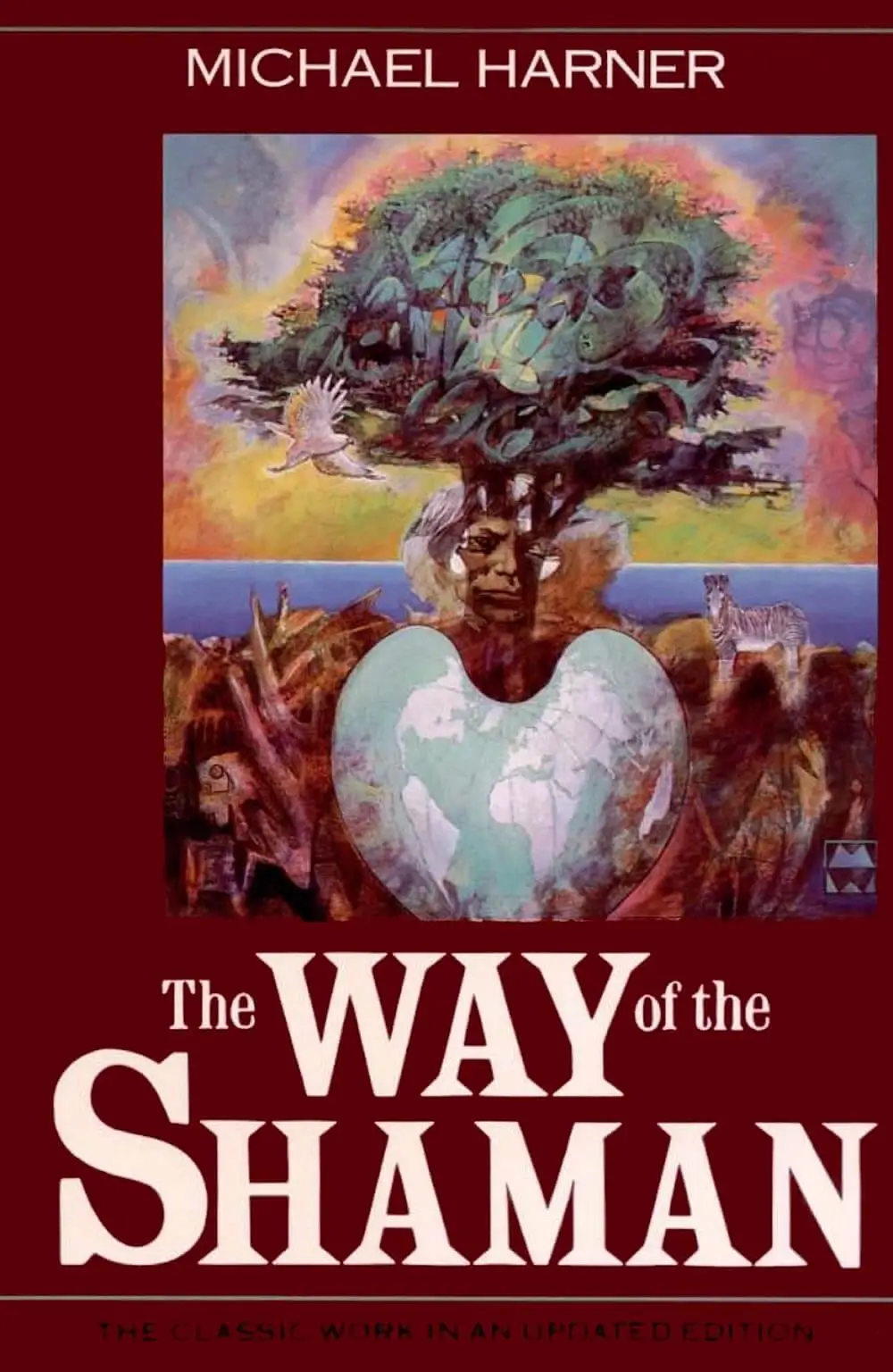
The Way of the Shaman
Michael Harner (1980)
Based on his fieldwork with Indigenous communities in South America, Harner introduced shamanic practices to Western audiences. The book has been influential in popularising “core shamanism,” but it is important to approach it with awareness: Harner’s interpretations are filtered through a Western lens, and Indigenous practices cannot be separated from their cultural contexts.
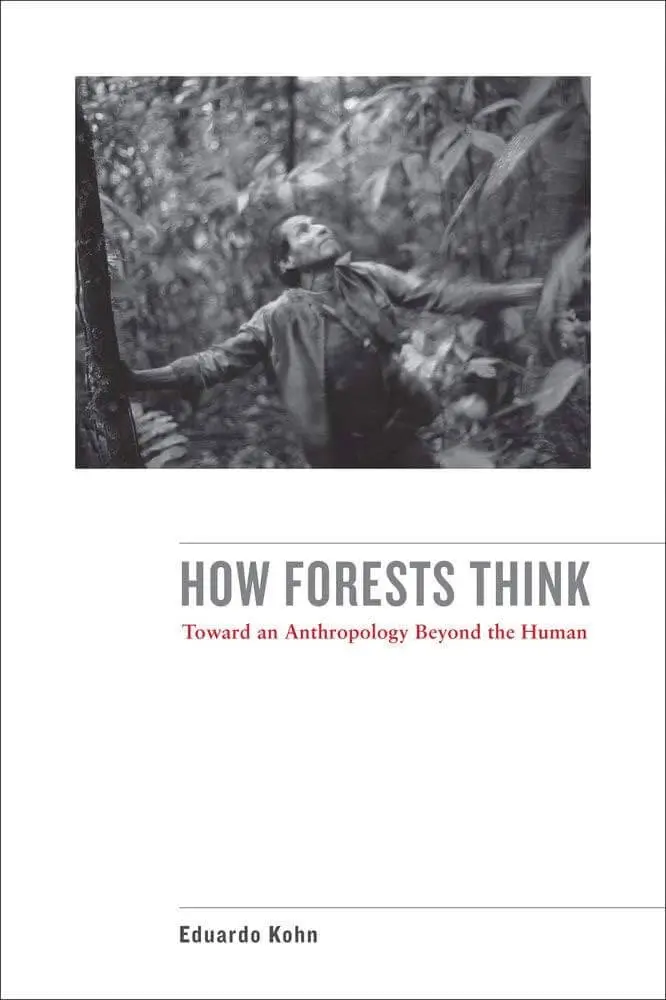
How Forests Think
Eduardo Kohn (2013)
Kohn’s anthropological study draws on years of work with the Runa people of Ecuador. He challenges Western categories of thought by showing how Indigenous cosmologies view forests, animals, and humans as interconnected and communicative. The book is academically demanding but offers profound insight into Indigenous ways of understanding life and consciousness.
Integration, Healing & Personal Growth
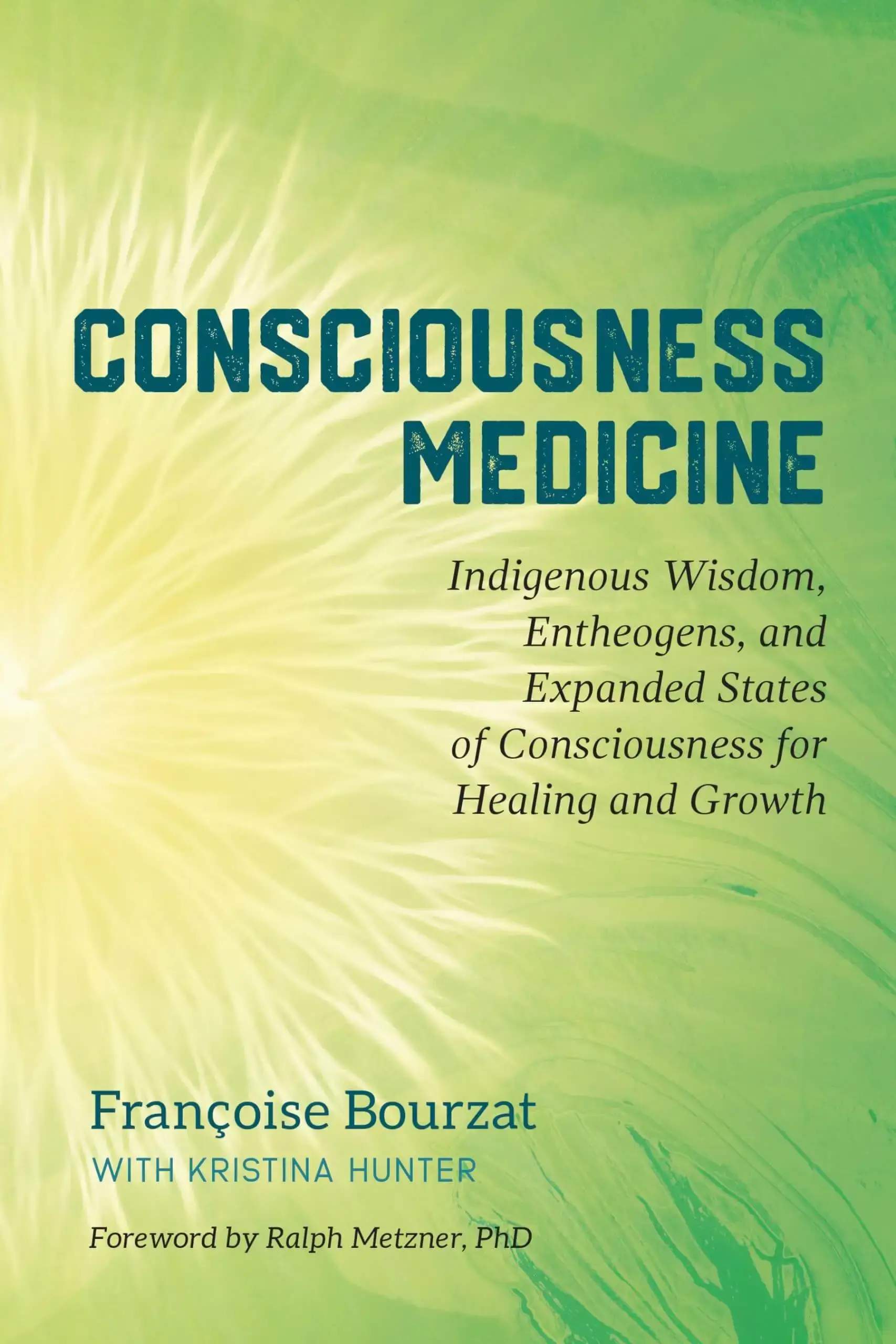
Consciousness Medicine
Françoise Bourzat & Kristina Hunter (2019)
A comprehensive guidebook on how to prepare for, navigate, and integrate psychedelic experiences. Drawing on Bourzat’s background as both a therapist and someone trained in indigenous traditions, it offers a balanced framework for using psychedelics as tools for personal and spiritual growth. It’s one of the most practical and compassionate resources available.
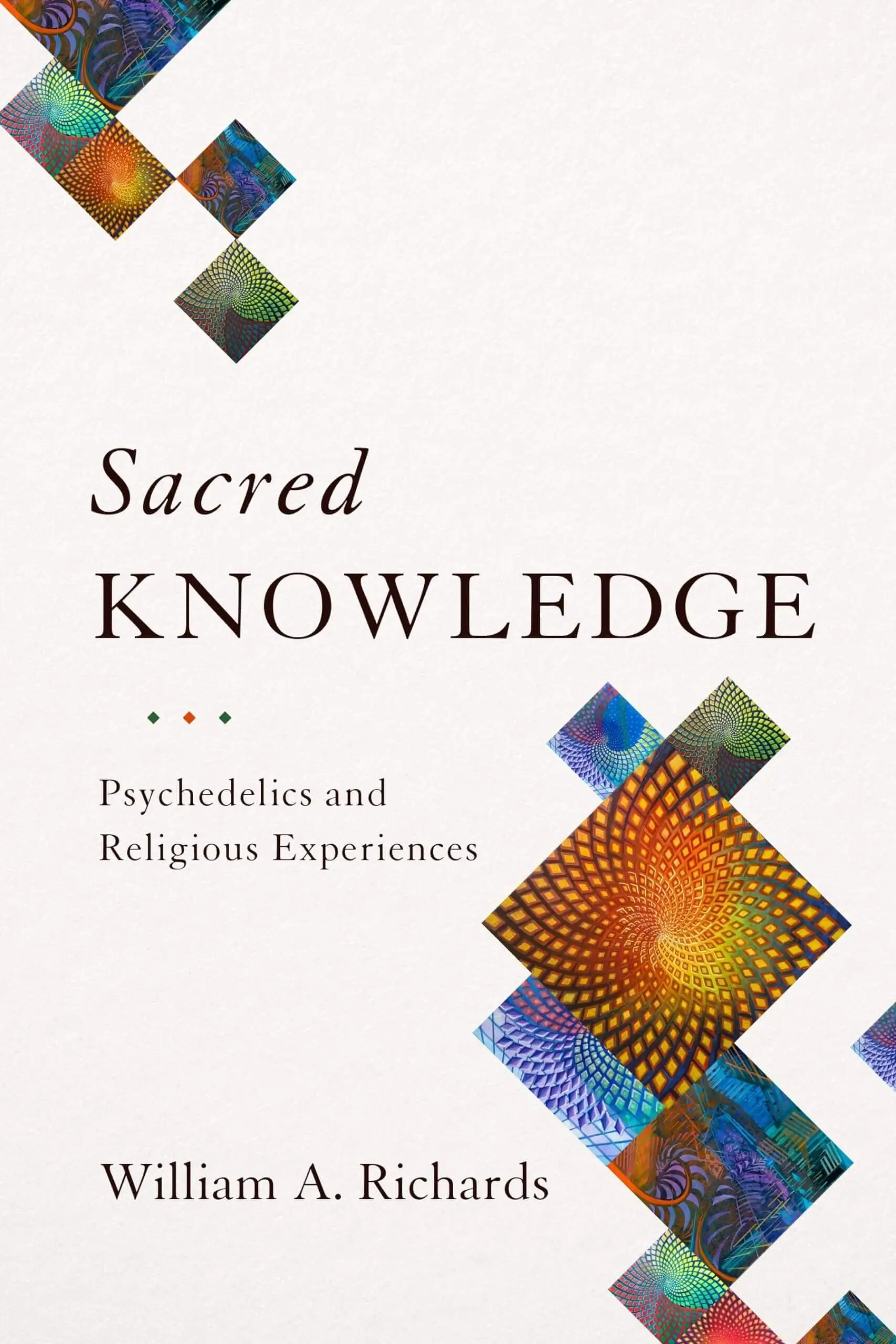
Sacred Knowledge: Psychedelics and Religious Experiences
Bill Richards (2015)
Richards, a clinical psychologist at Johns Hopkins, shares decades of experience guiding psychedelic sessions. He focuses on the spiritual and mystical aspects of these experiences, showing how they can foster deep healing, transformation, and a sense of connection. For those curious about the intersection of psychedelics and spirituality, this book is essential.

Psilocybin Retreat in the Netherlands
TAKE THE FIRST STEP
Get the monthly email with tools to help you live a more conscious life.
Just useful stuff – we promise!
Contact Us
Email: contact@consciousgrowth.eu
Legal Note
Taking psychedelic truffles in our retreats is subject to a registration process. Please consult the FAQs for a list of contraindications. Conscious Growth does not offer therapy or treatment for physical or mental health conditions during the retreats.
In accordance with Dutch law, we use exclusively psilocybin truffles that are legal across the country. You can read more about the legal aspect here.
APPLY for a Retreat
Book an Introductory Call
Our Retreats
Frequently Asked Questions
Resources
Terms and Conditions
Privacy Policy
